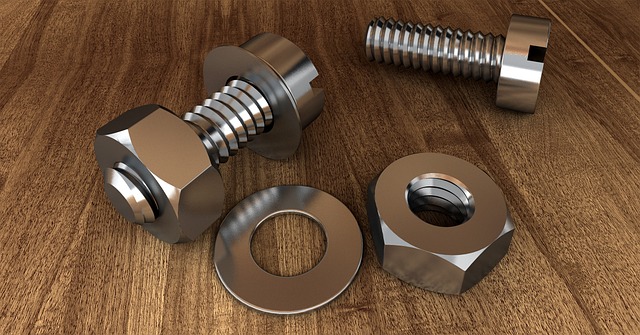In the dynamic world of photography, lighting plays a pivotal role in transforming a simple photograph into a work of art. One of the most overlooked aspects of lighting is the use of filter threads, essential tools that every photographer should master. Understanding filter threads is not just about enhancing your images—it’s about expanding your creative potential and achieving the exact mood and style you envision.
When it comes to optics, the lens is often the hero of the story, but let’s not forget the unsung champions—the filters that screw onto the front of your lens via filter threads. These small accessories can have a monumental impact on your photos, shaping your approach to lighting and composition. Whether you’re looking to reduce glare, enhance colors, or create unique effects, filter threads provide the space to manipulate light in ways that can define your photographic style.
Imagine standing in front of a stunning landscape at golden hour, the soft warm light spilling over the horizon. With a polarizing filter attached to your lens through the filter thread, you can deepen the blue of the sky and make the greens of the foliage pop—all while minimizing reflections on surfaces. This kind of enhancement can dramatically change the narrative of your photo, conveying emotion and atmosphere that might otherwise go unnoticed.
Moreover, filter threads are not just for the professional photographer. Beginners can also benefit immensely from utilizing filters. Learning how to work with these tools can feel empowering, opening up new avenues of creativity. Think about using an ND (Neutral Density) filter that allows you to slow down your shutter speed, capturing the beauty of movement, such as flowing water or bustling city life. The instant gratification of experimenting with optical manipulation through these filter threads can enhance your photography journey and make it more enjoyable.
To get started with filter threads, it’s essential to know the size of your lens. Most lenses have a specified filter thread size, usually marked on the lens itself or mentioned in the specifications. This measurement, typically in millimeters, is crucial as it dictates which filters will fit your camera. A misstep here can result in disappointment when trying to attach your chosen filter.
As you progress in your photography journey, you’ll discover various types of filters— each serving unique purposes. For example, gradient filters help balance exposure between bright skies and darker landscapes, while UV filters offer protection for your lens without significantly altering your image. Mastering the use of these filters through their respective filter threads enhances your capability to capture moments just as you envision them.
Experimentation is vital. Use different filters in varying lighting conditions to see how they affect your compositions. The more you practice, the more intuitive your understanding of filter threads will become, allowing you to manipulate light with confidence and creativity.
In the end, mastering filter threads is not just about technical expertise; it’s about unlocking the artist within. Each click of the shutter with your camera becomes an expression of your distinct style and perspective, shaped by your understandings of light, optics, and composition. Embrace the tools available to you, and let your creativity shine through in every photograph you take.




